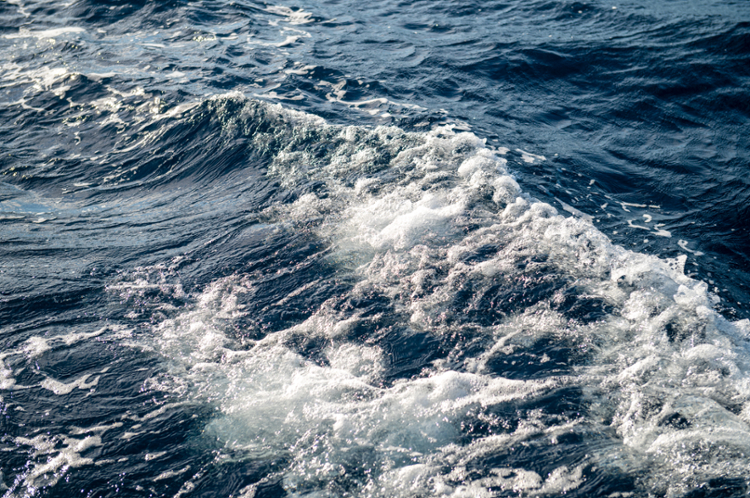Oyster Summit Highlights Science Behind New Texas Industry
CORPUS CHRISTI, Texas – Even the pandemic can’t stop the forward momentum of Texas’ newly-legalized oyster business. Scientists, lawmakers, conservationists, and industry officials gathered virtually Wednesday, September 16, to host an Oyster Mariculture Summit to discuss ongoing developments in oyster science, regulatory, environmental, and business issues. The event was hosted by state Rep. Todd Hunter and Texas A&M University-Corpus Christi.
In August, the state of Texas launched its brand-new oyster mariculture industry, a move that lawmakers and environmental leaders in the state hope will provide an opportunity for significant new economic activity along the Texas Coast while taking some pressure off natural reefs that have been devastated by fishing impacts. Texas was the only coastal state in the country that did not engage in cultivated oyster mariculture, forcing Texas restaurants to import farm-grown half-shell oysters from other states.
“This is a new Texas industry,” Hunter said. “It’s going to create new jobs in the region, increase demand for local seafood, and make the Texas coast even stronger.”
HB 1300, the bill establishing a new regulatory framework allowing oyster mariculture on the Texas Coast, was signed into law during the 2019 Texas Legislative session, an effort led by Hunter and a coalition of lawmakers, science, and industry officials, including Dr. Joe Fox, an aquaculture expert and Chair for Marine Resource Development at the Harte Research Institute for Gulf of Mexico Studies (HRI) located on the A&M-Corpus Christi campus.
The new law allows people to lease public waters to grow and harvest oysters commercially. During the meeting, Fox reviewed some of the scientific breakthroughs and university programs that are being devoted to helping the new industry grow and thrive.
HRI is currently partnering with the Ed Rachal Foundation and its subsidiaries to develop Texas coast-based hatcheries and a workforce training program in Palacios and in the North Beach area of Corpus Christi, Fox said, where researchers will grow oyster larvae to support reef restoration and train a local workforce in oyster mariculture and sustainable seafood careers. The Institute has also been testing methods on demonstration projects in Copano and Matagorda bays, where Fox revealed that the state’s first home-grown, farmed oysters are thriving and will be ready for harvest in November.
“If you want an answer to whether you can grow oysters through aquaculture in the state of Texas, the answer is a resounding ‘yes,’” Fox said.
Mario Marquez, Texas SeaGrant’s Oyster Aquaculture Specialist and a marine scientist who ran his own oyster farm in Florida, was recently brought on to help guide the new industry in Texas. He said there’s a lot of opportunity for new businesses to blaze a path with premium oysters.
“It’s very much like the craft beer industry – they’re looking for that premium oyster,” he said.
He added that aspiring oyster farmers, like many new business owners, face risk. But there are many new tools available to help them both at Texas SeaGrant, the Harte Research Institute, and with the state of Texas Parks and Wildlife Department, which are all launching efforts to help guide prospective mariculturists through the new permitting and business processes.
For more information, visit TXOysters.org.

